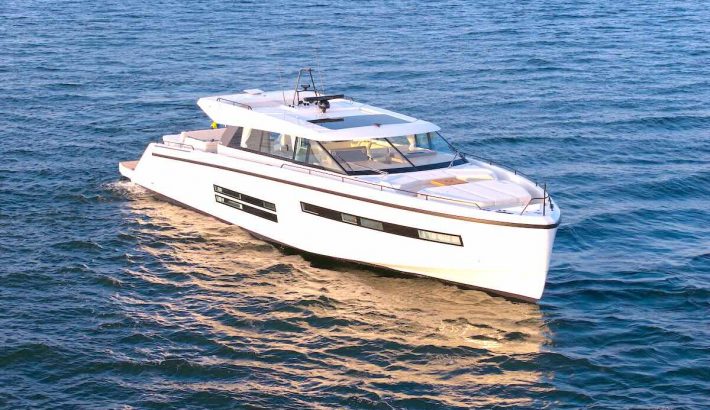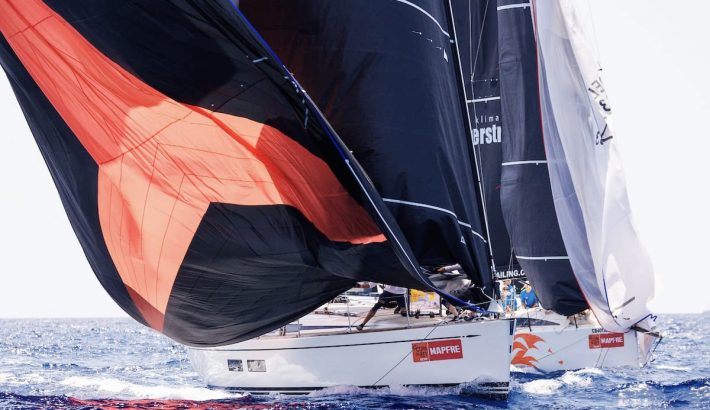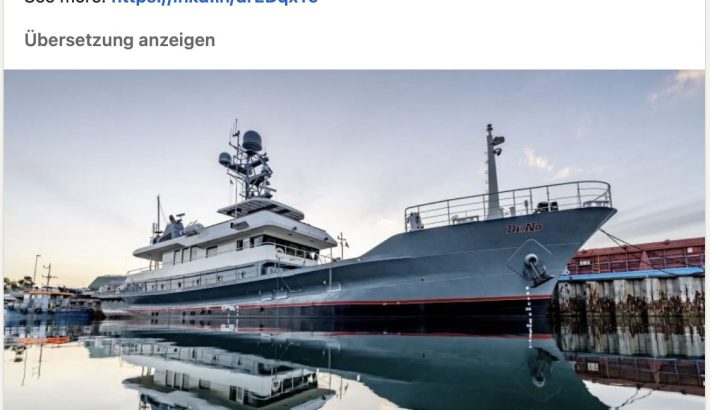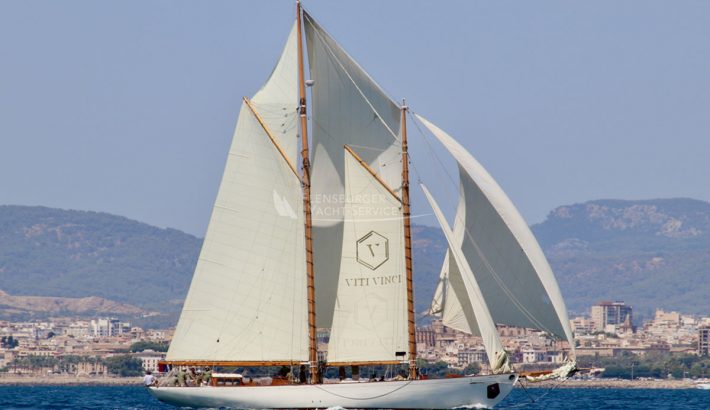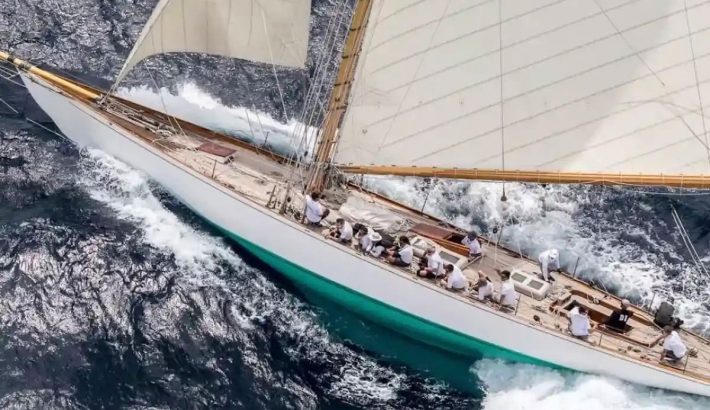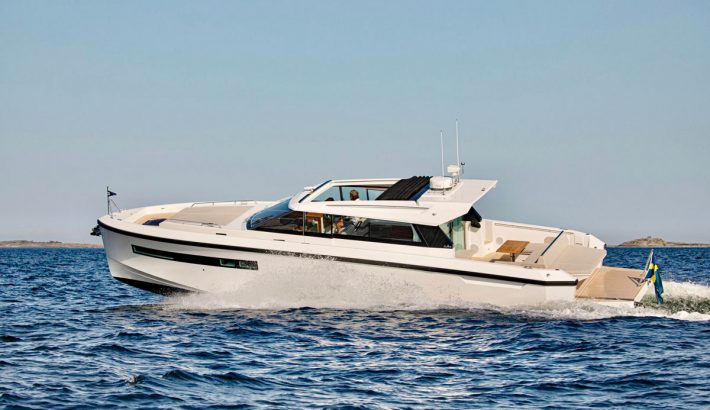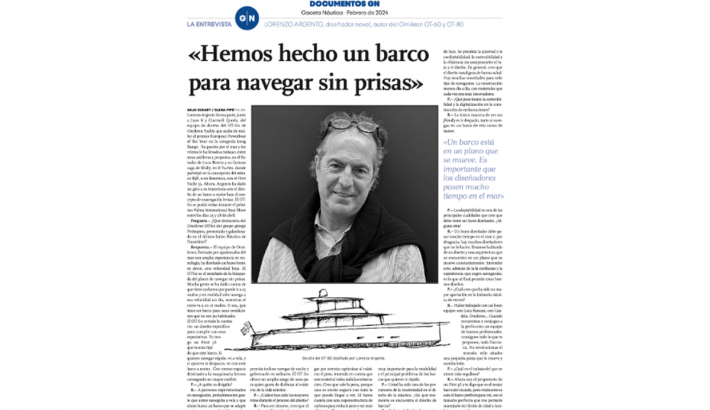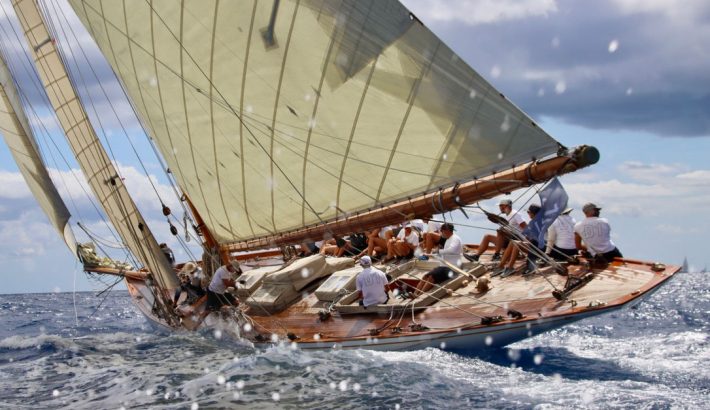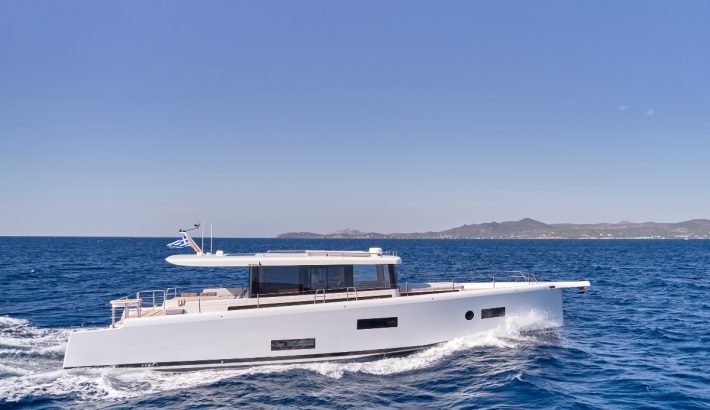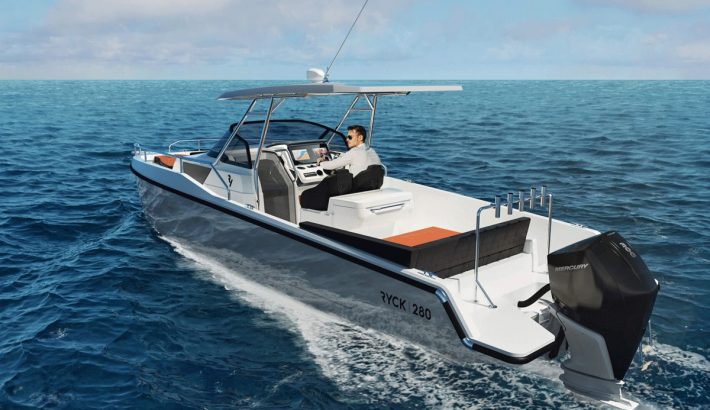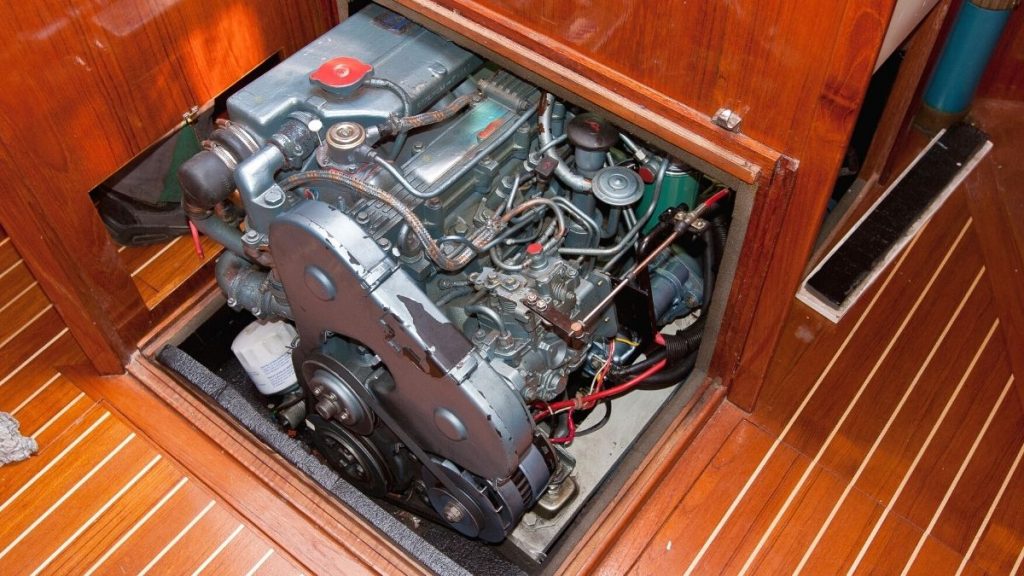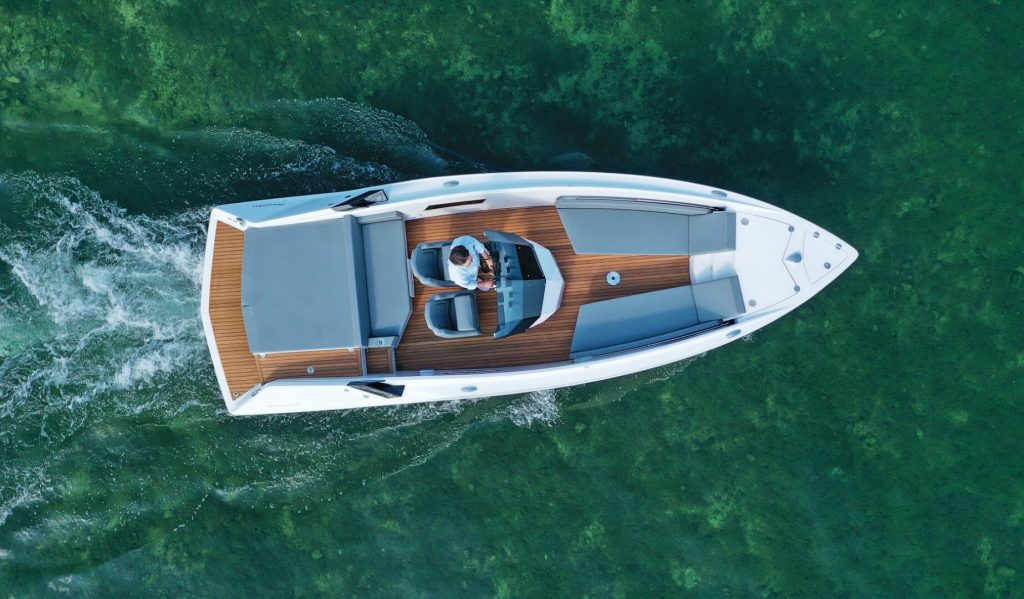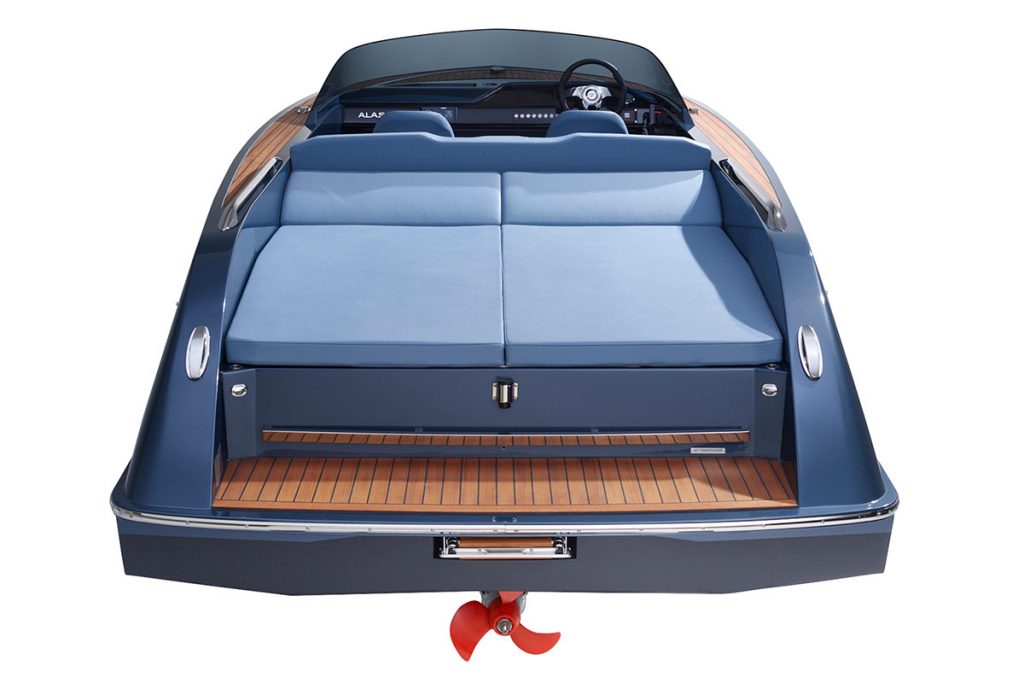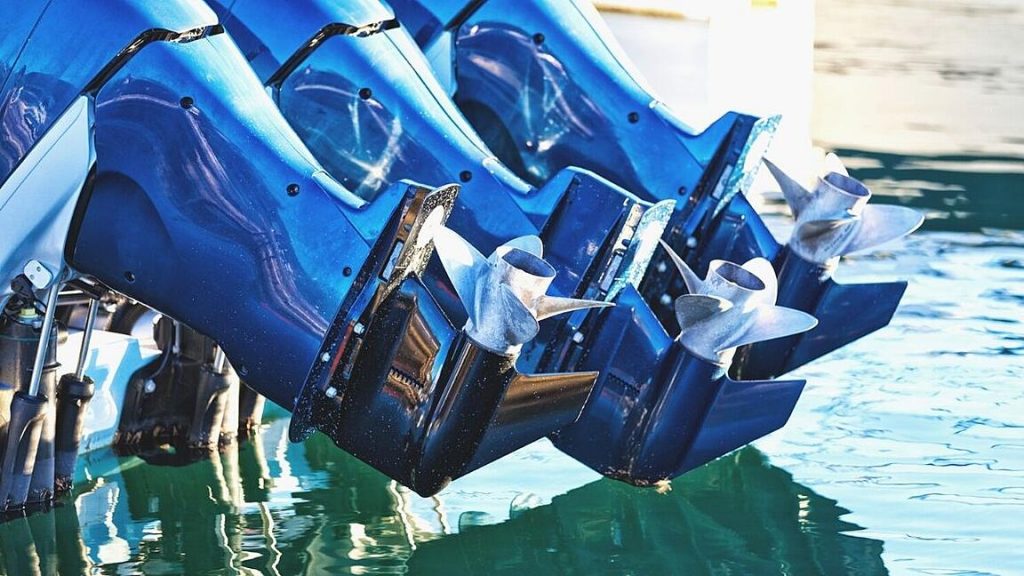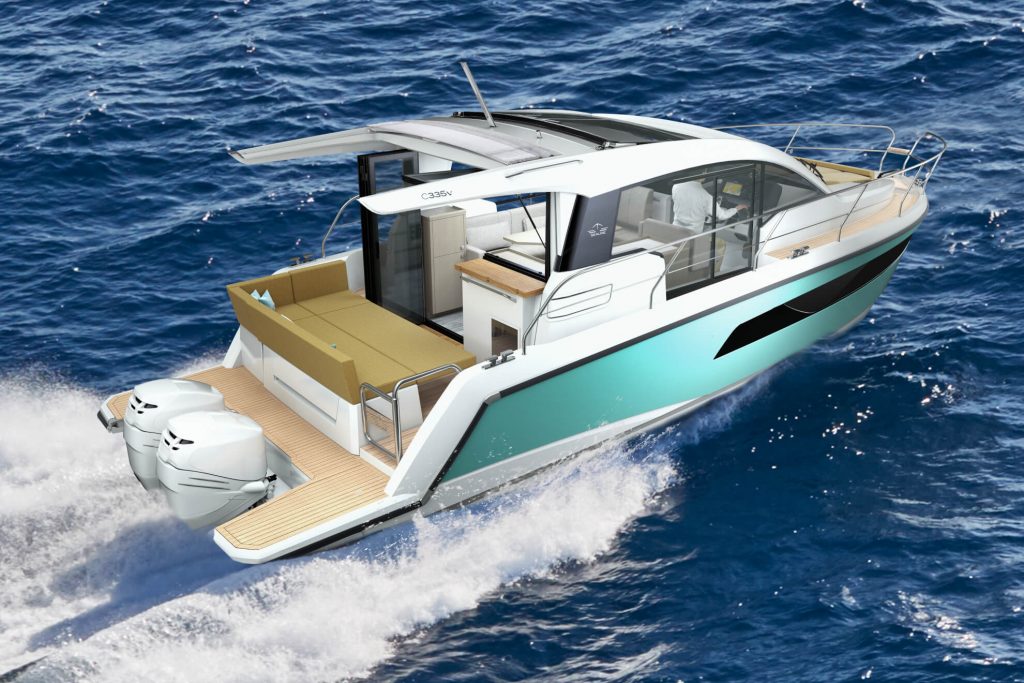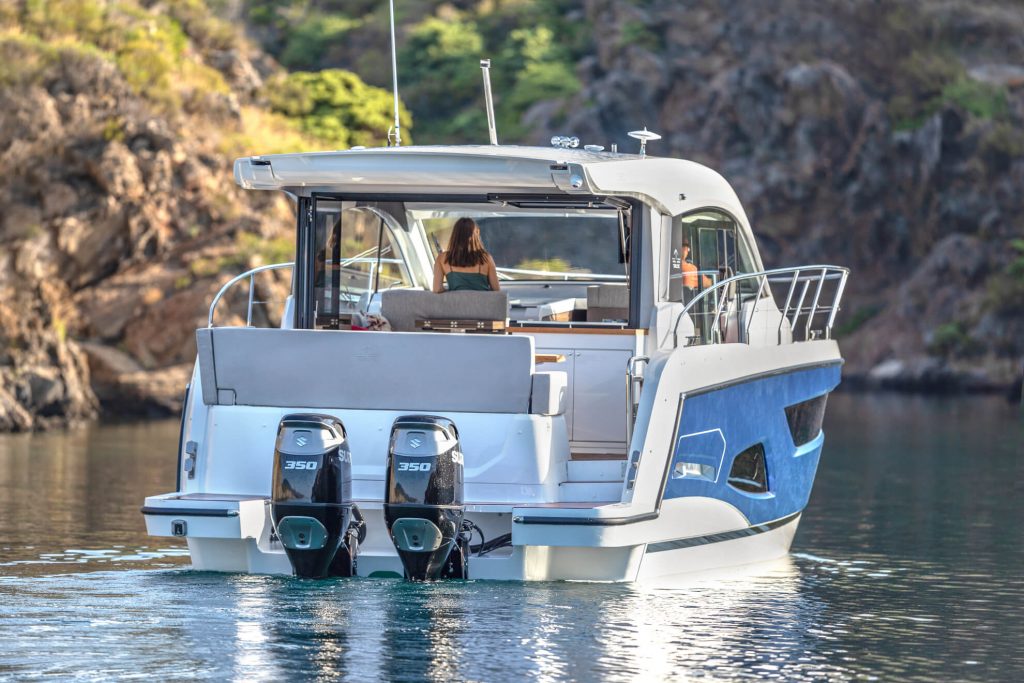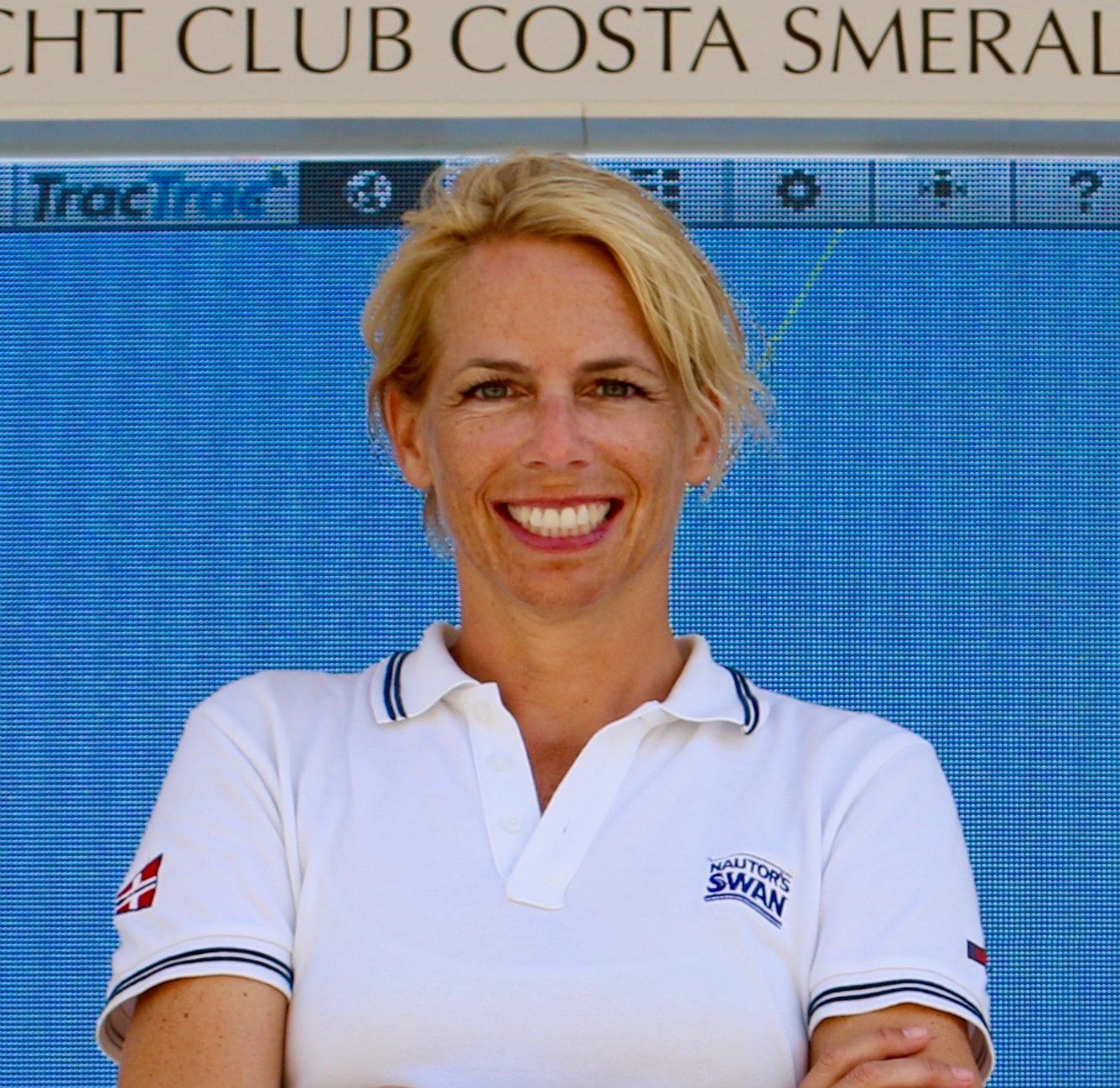Designer Spotlight: Ted Mannerfelt
From Jaguar and Lotus to the cutting-edge of yacht design, Ted Mannerfelt blends Scandinavian minimalism with racing performance.
He’s the mind behind some of Delta Powerboats’ most iconic models — including the new sleek, all-carbon Delta 72’ Carbon, setting new standards in efficiency and style.
As Kalle Wessel from Delta Powerboats puts it: “He has that magic touch!”
Combining clean lines, lightweight tech, smart performance.
From Cars to Boats: The Designer’s Journey
Ted Mannerfelt’s journey into yacht design was somewhat inevitable. “My father was a boat designer,” he says, “so I thought I would be one too eventually.” But before embracing his nautical heritage, Ted followed his own passion—automotive design. He studied car design in England and spent a decade working for legendary car names like Lotus and Jaguar. “Car design taught me how to refine proportions and find harmony in lines. Every line needs to have a purpose.”
That discipline now defines his work at Mannerfelt Design Team, where he designs for Delta Powerboats and is reshaping modern yachting.
Delta Beginnings: A Bold New Direction
Mannerfelt began working with Delta Powerboats over 14 years ago. His first project? The Delta 26 Open. “I had a lot of creative freedom,” he recalls. “I wanted to design something with retro proportions but modern execution. It turned out to be a trendsetter.” In fact, the design was so fresh that it won the prestigious Swedish “Design S” Award.
Designing With Purpose: The Delta Signature
Ted’s philosophy is clear: minimalist aesthetics, purposeful lines, and seamless functionality. “Every line has a reason. Function defines form, but it still has to be beautiful,” he explains. Delta models like the 48 Coupe and 72 Coupe showcase these traits—sleek Scandinavian design, lightweight carbon construction, and harmonious proportions with clever packaging.
His racing background brings a performance edge. “Back in the ’90s, we studied how air and water interact below the hull. Introducing air beneath the boat helps reduce resistance and makes planning easier—perfect for novice drivers and lower fuel costs too.”
Scandinavian Simplicity and Smart Design
Ted sees Delta Powerboats as a prime example of Scandinavian design at its best. “Clean lines, quality materials, and minimalist interiors. But also efficient engineering—the hulls are strong, light, and built with precision.”
And efficiency isn’t just performance-based. “Using carbon fiber allows us to use smaller engines and consume less fuel without sacrificing speed.”
Trends and Tech: The Future of Yacht Design
Looking ahead, Mannerfelt anticipates big changes in yacht design. “Fuel efficiency is key. We’re preparing for future restrictions. Boats will need to be smarter, more sustainable.”
He also sees social and comfort features taking center stage. “Boats are becoming floating homes. Open when you want it but sheltered when you need it. People want space to entertain and enjoy.”
AI and simulation will play a role too. “I’m already using AI to render sketches faster. Eventually, AI will help generate hull forms based on specific performance data. It will speed up testing and design refinement.”
Creative Process: From Concept to Completion
Ted starts with a vision presented with visual images, then builds around a practical layout. “We begin with a brief—how it should perform, what goes inside. Then we shape the hull, simulate its behavior, and design in 2D sketches. From there we jump into 3D modeling to get closer to reality, adjusting proportions and layout collaboratively until we get it right.”
With Delta, the workflow is tightly integrated. “We hand over detailed 3D files and they handle the final construction. It’s a seamless collaboration.”
Most Memorable Moments
Among the many highlights of his 20-year in boat design career, winning the Red Dot Design Award 2009 for the Pirelli RIB 1400 stands out. “It was the first production boat I designed coming back from car design, and it won the highest international design Prize “Red Dot design, Best of the Best“, first ever for a production boat. That felt special.”
Another standout? Helping create offshore race boats for the world-famous Dubai-owned Victory racing team. “We have now won over 29 world championship titles in offshore racing. For fun, I made futuristic concepts yacht called “Nero concept boat“ based on that race bat. It includes a floating glass cockpit to watch the water flow beneath. It wasn’t built, but it showed what’s possible when I’m given a free hand.”
Advice to Young Designers?
“Stay open-minded,” Ted advises. “Take inspiration from cars, planes, architecture, and products. Great yacht design is a blend of all those disciplines.”
Favorite Place to Sail?
“The Stockholm Archipelago in summer—freedom, close to friends, beautiful open nature. But for water quality, nothing beats the green Mediterranean.”
Final Words
Ted Mannerfelt has helped define the DNA of Delta Powerboats: sleek, smart, sustainable. His innovative yet timeless approach ensures that these boats won’t just turn heads today—they’ll still look fresh a decade from now. As Ted says with a smile, “We don’t just work hard. We design smarter.”
Link to The Islander Magazine: Page 28 & 29: https://theislander.online/online-paper-magazine/

